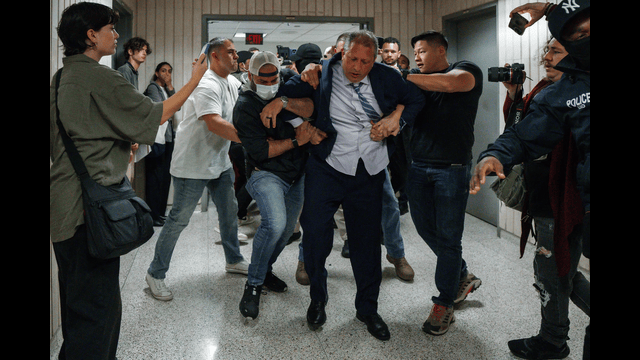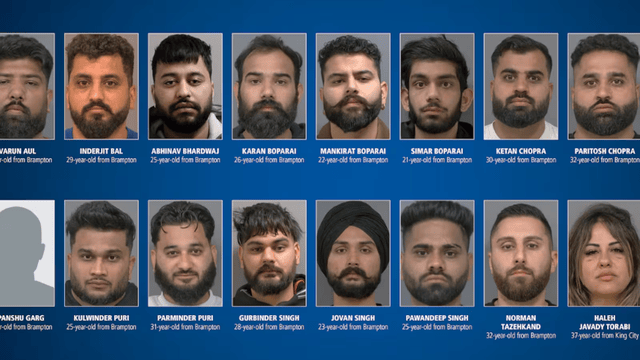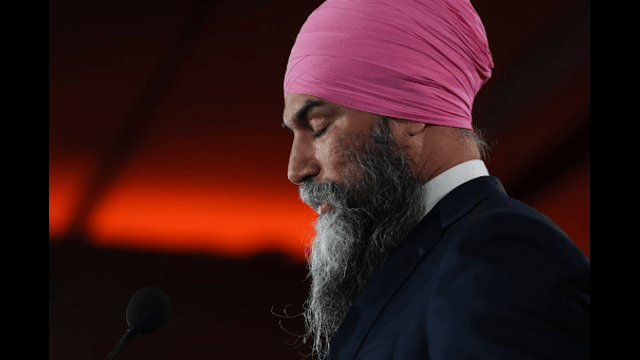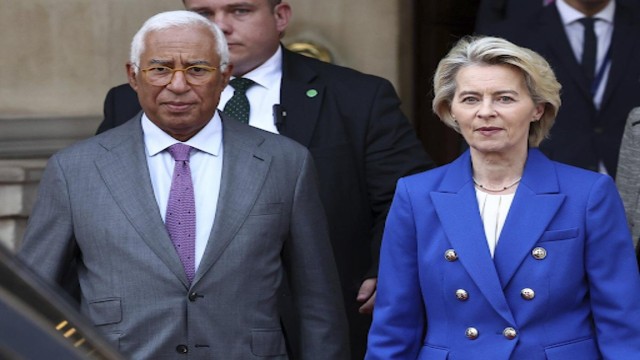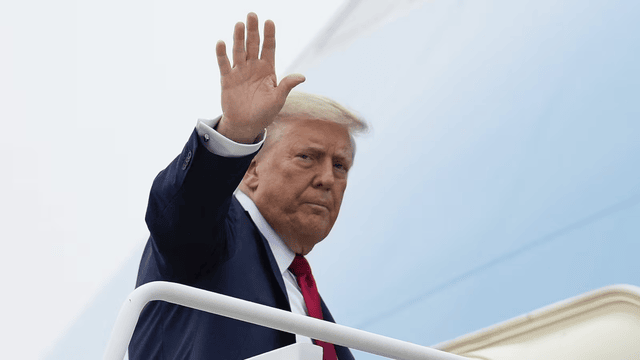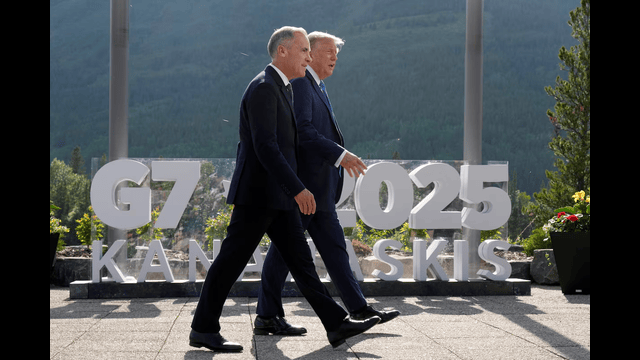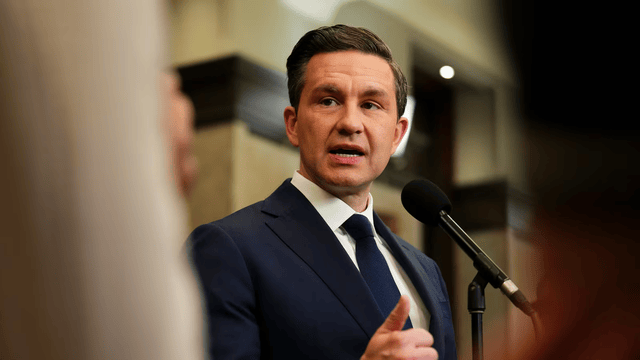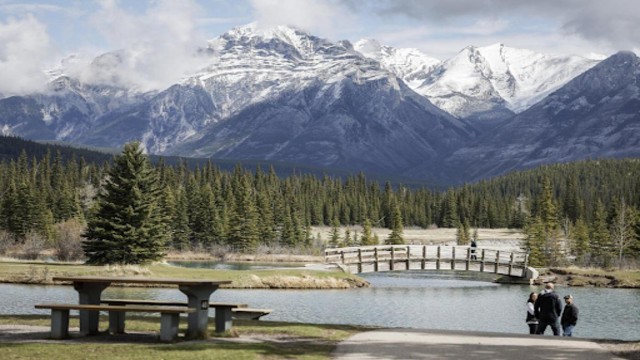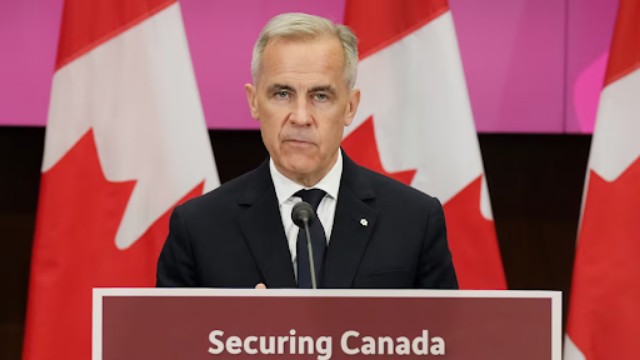
Prime Minister Carney has confirmed that Canada is on track to meet its NATO defence spending target of 2% of GDP—five years earlier than planned. He also added that the government will boost military funding even more in the coming years.
Canada is set to significantly increase its defence budget this fiscal year to meet NATO’s target of spending 2% of its GDP on the military. Prime Minister Mark Carney announced on Monday, just ahead of the G7 summit happening next week in Kananaskis, Alberta.
In a speech delivered at the Munk School of Global Affairs in Toronto, Carney highlighted that global tensions are rising, and Canada must act swiftly to strengthen its national defence. He stressed the need to invest smartly, pointing out that the government will focus on building and sourcing from within Canada as much as possible.
Although Canada has been a NATO member for decades, it has never actually reached the 2% spending goal. The country first pledged to meet this target back in 2014 but has fallen short repeatedly. Under the previous government led by Justin Trudeau, the plan was to hit that number by 2032. Now, Carney is speeding up that timeline.
To bridge the gap, Canada will need to spend an extra $9.3 billion on top of what’s already been outlined in earlier defence budgets. This new funding will cover salary hikes for military personnel, support for diversifying international military partnerships, and investment in new technologies and equipment.
A big part of the strategy includes joining Europe’s €150 billion (about $234 billion CAD) ReArm program, which aims to build up defence capabilities across the continent. Carney noted this would help Canada move away from relying too heavily on U.S. defence manufacturers and encourage partnerships with trusted European suppliers instead.
“We send about 75% of our defence funds to the U.S. That has to change,” Carney said, highlighting a push for more independence in defence manufacturing and supply chains.
As part of these changes, the Canadian Coast Guard will also see an expanded role, becoming more integrated into NATO’s overall defence network. This move will help Canada secure its waters and boost surveillance in key regions.
Carney also revealed that Canada will invest in new submarines, planes, warships, armed vehicles, and heavy artillery. While specific figures and timelines haven’t been detailed yet, the government also plans to enhance radar, drones, and ocean-floor sensors—especially in the Arctic.
But Carney was clear: “This isn’t about meeting numbers for NATO. This is about keeping Canadians safe.”
Later this month, at the NATO summit in The Hague, defence spending will be a hot topic. NATO’s current Secretary General Mark Rutte may propose a bigger spending plan—up to 5% of GDP—which includes not just core military funding, but also related areas like infrastructure.
Last year, Canada spent around 1.45% of its GDP on defence. With the new $9.3 billion plan, officials say Canada will finally cross the 2% line, using NATO’s own calculation standards.
Carney pushed back against critics who claim this is just a numbers game. “This isn’t creative accounting,” he said when questioned about how the government plans to meet the target earlier than previously expected.
Meanwhile, opposition leader Pierre Poilievre voiced his support for reaching the 2% target quickly. However, he also demanded that the government introduce a formal budget soon—one that shows where the money is coming from and cuts back on other areas like bureaucracy and corporate handouts.
Following complaints about the absence of a spring budget, Carney assured Canadians that a new federal budget will be presented this fall.
In closing, Carney also announced that the Department of National Defence will start work on a new policy that better reflects current and future threats. This update comes only a little over a year after the Trudeau government released its earlier defence strategy, titled Our North, Strong and Free.


